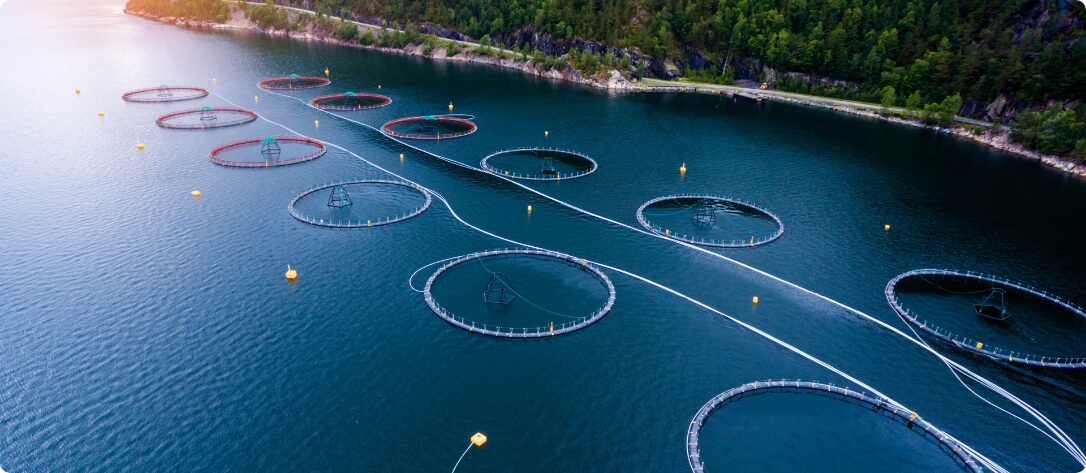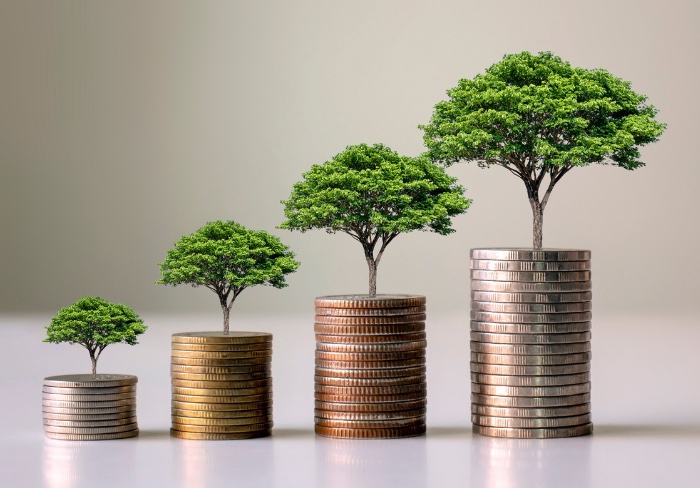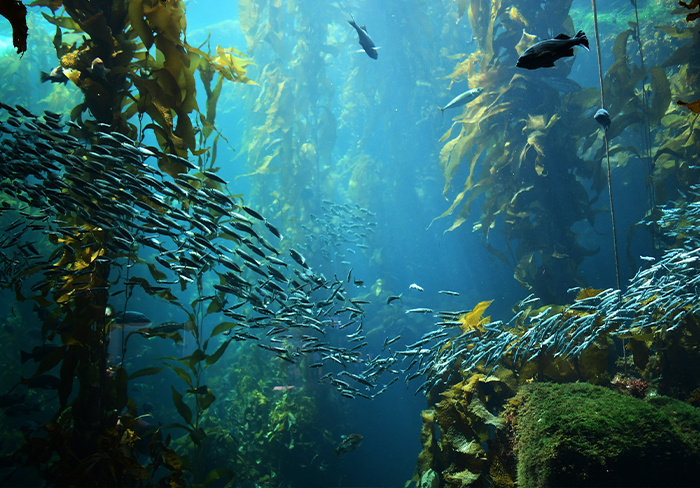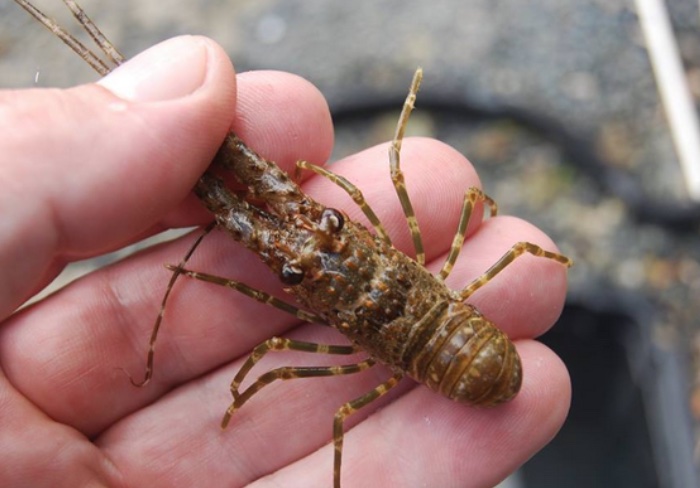
Although large-scale commercial aquaculture has only been around for 30 years, domestic aquaculture actually dates back 3,000 years.
So, what has changed between then and now? Here is a brief aquaculture history.
Origin of Aquaculture
There are many tales of early aquaculture, some dating as far back as 6,000 BCE, but the first confirmed record of aquaculture places the practice's origin in China 2,500 years ago.
The Classics of Fish Culture, by Fan Li, is the earliest written record of aquaculture from 475 BCE. It details the method for rearing fish, specifically carp, and is presumed to have been designed to teach others how to raise fish for food.
Although the methods detailed in the text are simple, they mirror many elements of modern-day aquaculture.
Alongside the practical description, including what you should put in your pond, Fan Lee suggests how much money you could make in the first year, and how you could make more money in the second year.
Aquaculture has undoubtedly evolved from its humble beginnings, and yet the core principle remains the same: make a profit.
When Was Aquaculture First Established?
Modern aquaculture, that is to say aquaculture that involves fertilizing fish eggs, was introduced in 1733 in Germany.
However, it was not for another 100 years, in the 19th century, when artificial breeding became an integral part of aquaculture.
For the following 100 years, aquaculture went through another development. People started breeding more varied, and more challenging species.
The 1950s was the next significant time in the aquaculture timeline. Around this time, artificial granulated food was introduced which made feeding fish cheaper and easier. It also added a whole new sector to the industry.
Despite these changes, the industry was still relatively small. Businesses tried and failed with various technology meaning it was incredibly difficult to become commercially viable.
Then the 1990s rolled around. The aquaculture revolution. The core technologies were revised to make them cheaper, easier to install and maintain, and more environmentally friendly.
The History of Fish Farming
The last 30 years have brought about a whirlwind of changes in aquaculture. From the introduction of the first laws pertaining to aquaculture in England in 1992, to an industry that is now worth almost $300 billion a year.
This astonishingly short timeline results from R&D. Modern fish farmers have made advancements in every area of aquaculture.
The improved feed has decreased the overall costs and increased the quality of the fish. Better pumps mean the process is more reliable and environmentally friendly. Enhanced monitoring has led to improved efficiency and higher survival rates.
Plus, there are now a variety of regulating bodies across the world. Consumers no longer need to worry if the fish they consume is full of antibiotics or if it has been ethically sourced.
The Global Aquaculture Alliance, Aquaculture Stewardship Council, and many others, will now guarantee the quality of fish farmed and sold by certified members who follow their best practices.
The Future of Aquaculture
After that whistle-stop tour of aquaculture through the ages, you may wonder what can we expect in the future?
30 years ago, aquaculture was almost a taboo subject. There was a lack of education, which led to widespread beliefs about the sustainability and ethics. Now, 20 million people are employed in aquaculture and the number is growing substantially year on year.
So, what can we expect? More aquaculture farms farming more species in more places.

 Giles Cadman
Giles Cadman 

